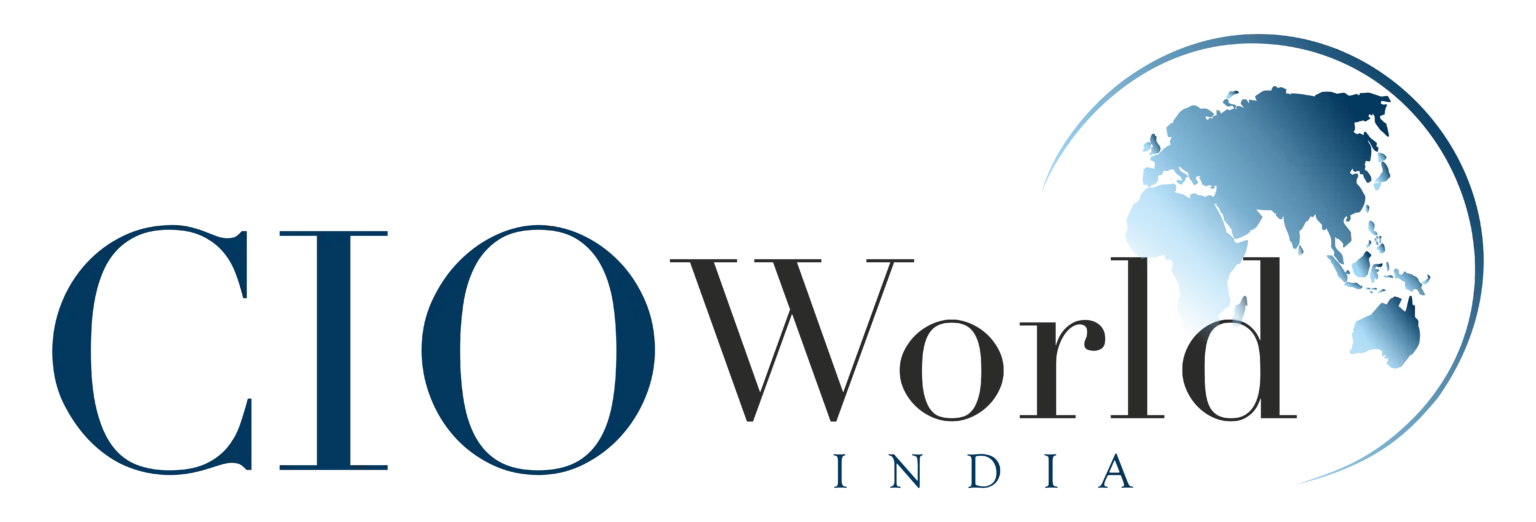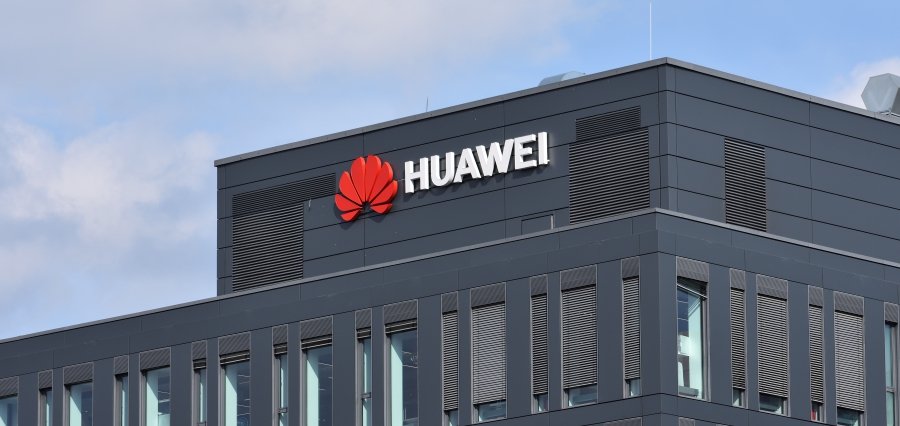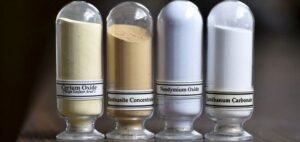Prime Highlights:
- Huawei has launched its second-generation trifold smartphone, the Mate XTs, featuring two hinges that allow it to fold into a tablet-like form.
- The phone runs on HarmonyOS 5.1 and is designed as a productivity-focused device, letting users manage multiple app windows like on a PC.
Key Facts:
- Huawei’s market share in China rose to 18%, making it the largest smartphone vendor in the country, and it holds 75% of the Chinese foldable phone market.
- Since the launch of the first Mate XT, 470,000 units have been sold, generating over $1.3 billion in revenue.
Key Background:
Huawei has officially launched its second-generation trifold smartphone, the Mate XTs, as the Chinese tech giant looks to reinforce its comeback in the domestic market and gradually expand overseas. The new device, revealed on Thursday, starts at 17,999 Chinese yuan ($2,520), with higher-spec models going up to 21,999 yuan.
The Mate XTs runs on HarmonyOS 5.1, the latest version of Huawei’s proprietary operating system. Unlike standard foldable phones that fold at a single point, the Mate XTs features two hinges, letting the device fold in two places and open up like a small tablet. Huawei is selling the phone as a work-based phone, with PC-style applications that will fit on its extra-large trifold display. Users are able to stack, resize, and drag windows around like in a desktop environment.
The phone will be available in four colors and features a 5600 mAh battery, which is bigger than what most smartphones offer today. To attract buyers, Huawei is also offering at least 50% off screen replacements along with two free home or in-store service appointments.
Huawei is aiming for the Mate XTs to continue its strong performance in China. The company’s market share rose to 18% in the second quarter, up from 15% last year, making it the top smartphone brand in the country. In the foldable phone market, Huawei holds a 75% share. Since the first Mate XT was released, the company has sold 470,000 units, earning more than $1.3 billion.
Huawei is still recovering from the effects of U.S. sanctions in 2020, which limited access to important software and chips when launching its products. Nevertheless, Huawei has created its own operating system and sourced less-advanced chips domestically, which can be viewed as the reason that the Chinese company retained innovation and competed in the high-value smartphone segment.
By launching the Mate XTs, Huawei plans to demonstrate that it is committed to innovations and is solidifying its position in China, laying the foundation for future penetration into international markets.
Read Also : Investing in TSMC a Smart Move, Says Nvidia CEO Amid Growing Collaboration





